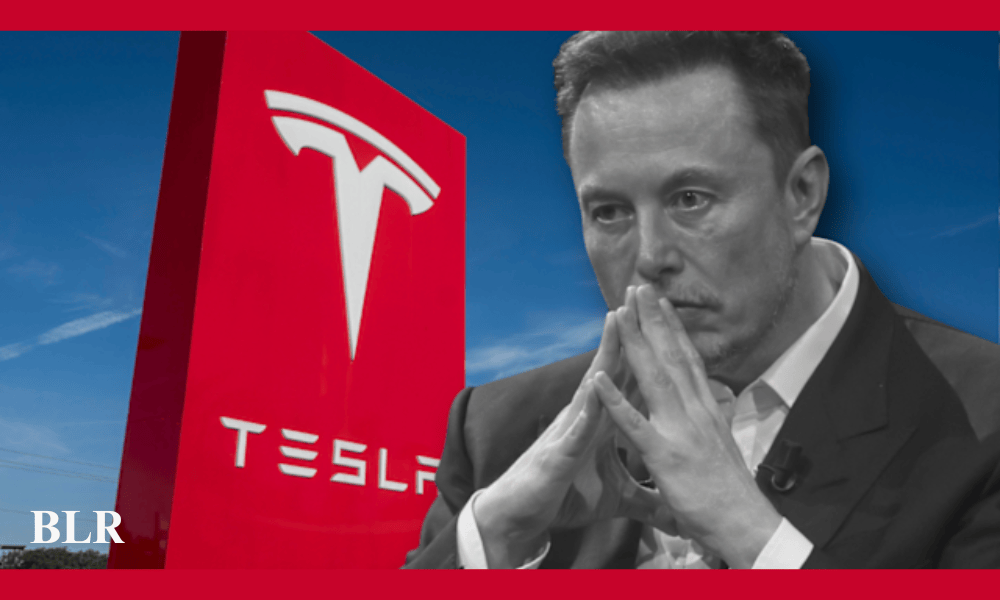Key Highlights
- Tesla’s U.S. EV market share dropped to 38% in August 2025, its lowest level since 2017.
- Hyundai, Kia, Toyota, Honda, and Volkswagen gained more buyers with fresh models and incentives.
- Analysts warn that Tesla’s aging lineup and Musk’s focus on robotics and AI ventures are hurdles in sustaining EV dominance.
Tesla’s once-dominant position in the U.S. electric vehicle market is slipping. According to figures from Cox Automotive reported by Reuters, the company’s EV share fell to 38% in August 2025, its lowest level in nearly eight years. This is the first time it has slipped under 40% since late 2017, when the automaker was still ramping up production of the Model 3.
The decline comes despite strong momentum in the broader EV industry, boosted by customers rushing to claim federal tax credits before expiration. Overall, U.S. EV sales grew 14% in August, fueled partly by buyers accelerating purchases ahead of the federal $7,500 EV tax credit expiration. Tesla’s growth, however, lagged at just 3.1%.
Competitors Gain Ground with Incentives and Fresh Lineups
Legacy and new automakers are capitalizing on Tesla’s slowdown. Hyundai, Kia, Toyota, Honda, and Volkswagen are rolling out competitive EVs backed by attractive incentives.
Volkswagen’s ID.4, for example, saw a 450% jump in July sales, boosted by aggressive lease offers and perks such as free fast-charging. These deals lured many potential Tesla buyers away.
Meanwhile, Tesla’s product portfolio is beginning to show its age. The last major launch, the Tesla Cybertruck, arrived in 2023 but has yet to achieve the mainstream success of the Model 3 or Model Y. Even incremental updates to the Model Y have failed to generate renewed excitement.
Analysts suggest Tesla now faces a tough choice: further price cuts to protect its sales performance in 2025, which could hurt margins, or holding prices steady and risking continued erosion of market share.
Musk’s Broader Vision Adds New Risks
Tesla’s future is also tied to CEO Elon Musk’s ambitions, which are well beyond cars. The company has invested heavily in Tesla robotics and AI ventures, including robotaxi development and the rollout of Tesla humanoid robots rather than just EVs.
In June, Tesla’s board floated a record $1 trillion compensation plan for Musk, tied to bold goals including lifting Tesla’s valuation to $8.5 trillion over the next decade. While these projects could secure Tesla’s long-term identity as a technology leader, analysts warn that focusing too heavily on robotics and AI risks overshadowing its core EV business.
Political controversies have not helped either. Musk’s past advisory role under President Trump continues to divide public opinion and may influence consumer choices in a market that is becoming more competitive by the month.
What’s Next?
With competitors accelerating innovation and consumer incentives reshaping demand, Tesla faces pressure to defend its leadership in the U.S. electric vehicle market.
The company must balance two priorities: revitalizing its EV lineup to stabilize Tesla sales performance in 2025 while pursuing high-stakes bets on robotics and AI ventures.
The outcome will determine whether Tesla can maintain dominance in the EV industry or cede further ground to rivals with fresher lineups and more aggressive pricing strategies.


